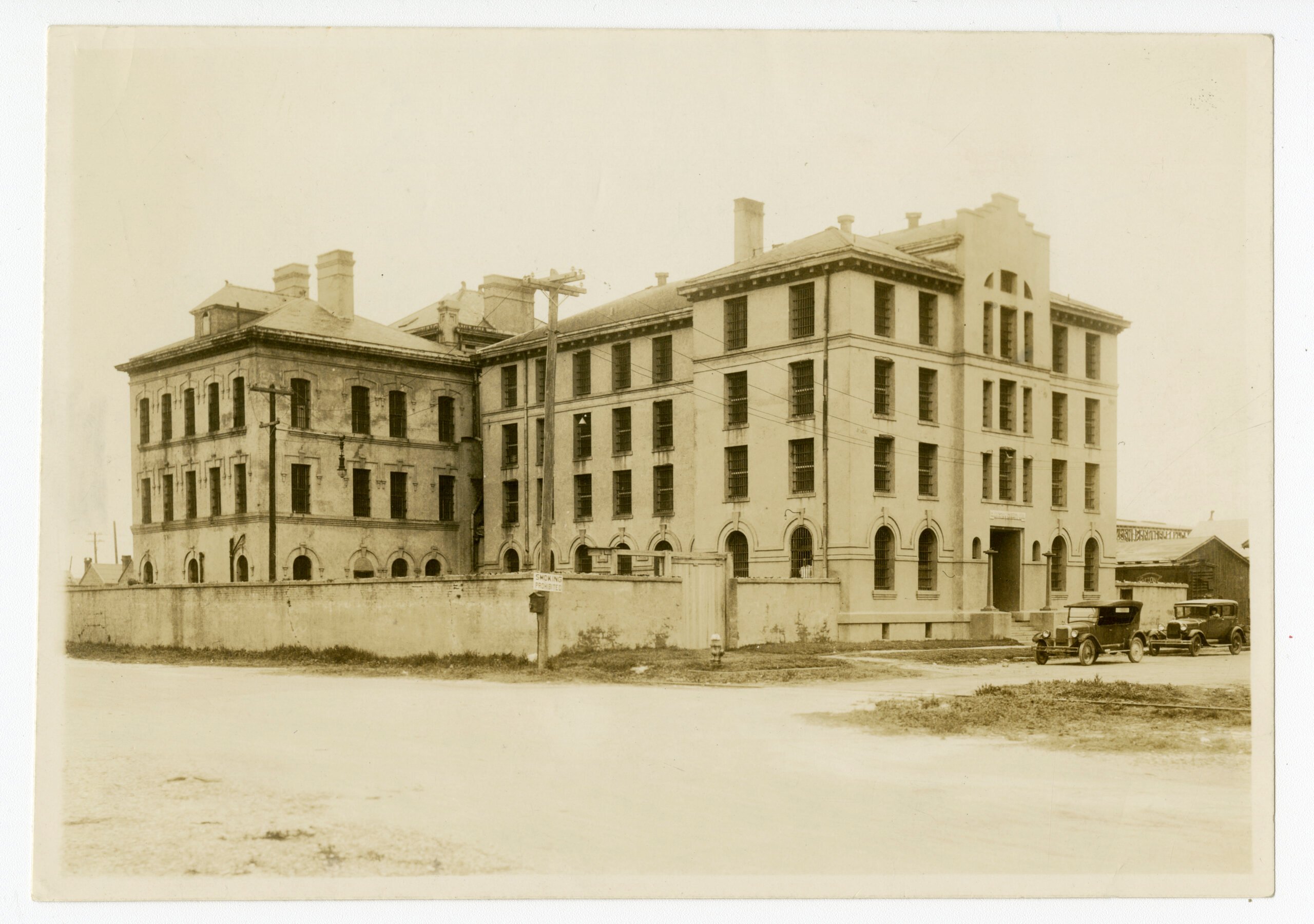John Chase and the Legacy of A First
As the first or only African American in any role, it helps to remember that you are standing on the shoulders of giants. I thought this when I returned to Texas in 2005 to attend library school at the University of Texas at Austin, where I was often the only black person in my classes, and again when I learned of the death of John Chase late last month. Chase, 87, was one of the first black students at UT and the first black president of the Texas Exes, UT’s powerful alumni association.
The World War II veteran and Maryland native was, by the end of his life, a prolific modern architect and a political insider. “He left his mark on a number of churches, institutions and monuments around the world including the Vietnam Memorial (in Washington, D.C.) and the George R. Brown Convention Center in Houston,” said Gregory J. Vincent, vice president for diversity and community engagement at UT. “He will be missed as one of the Precursors (a group of pioneering black alumni at UT) and one of the outstanding University of Texas alumni who serve as role models for African- American students today.”
As a black member of the “Greatest Generation,” he fought on two fronts: against foreign fascism and domestic racism. He was still fighting in 1950, when he enrolled at UT’s School of Architecture, days after the landmark U.S. Supreme Court decision in Sweatt v. Painter. The lawsuit, brought by Houston postal worker Heman Sweatt, resulted in the desegregation of graduate and professional programs at the university.
Lost in the annals of history are the challenges that come with being the first and only— and a trailblazer. When you go where there is no path and create your own, history may remember you as dedicated and hardworking, brave and pioneering, but there are drawbacks. Scrutiny, pressure, and the burden of educating both hostile and well-meaning white peers about the world from which you come can make success bittersweet.
My first experience at UT was in 1995, when I was part of a select group of minority students chosen to learn about careers in business. I spent the summer of my junior year in high school intrigued by the stultifying heat, the enormous roaches and the clear absence of people of color outside of our small circle of students from around the country.
The CEOs and CFOs who gave presentations on the stock market, who led us around the HEB and Frito-Lay corporate offices were mostly white men. We would see pioneers like Chase on television or in Black Enterprise magazine. It was easy then, as it is sometimes now, for my generation (Generation X) and the generation behind me (the Millennials) to take the achievements of our trail-blazing predecessors for granted.
When I returned to Texas to attend library school 10 years after my high school experience in Austin, it was clear to me that I was walking in big footsteps. My greeting at Austin Bergstrom International Airport was a statue of another pioneering black Texan: Barbara Jordan. More than five decades had passed since Chase had become the first African American admitted to the School of Architecture at UT.
“He wasn’t allowed to live on campus, he had to live in East Austin. Think about that for a moment,” said Machree Garrett Gibson, the first black female president of the University of Texas’ alumni association.
Breaking down doors and upsetting the social order come at a high social cost. Chase was alienated from many of his classmate. He had to endure hate mail. And federal marshals escorted him to classes for a time for his safety.
My generation knows nothing about people threatening our lives for wanting the same education as our white peers. But the unwelcome attitude persists and manifests in daily life all the same, at UT and in general. It takes the form of a racist Daily Texan cartoon, which used the word “colored” to describe Trayvon Martin, or the closure of Bob Woody’s bars on Sixth Street during Texas Relays, which draws large African American crowds every year.
In some ways, my generation is still fighting for the access to opportunity that Chase and others sought—access often based on white privilege I became Valedictorian of my sixth grade class after a childhood of shuttling to public schools in almost every borough in New York City. I was the first in my family to attend Emma Willard, the alma mater of Jane Fonda, and a Seven Sisters’ college, Vassar. At least once in high school, a wealthy white woman whose father and grandfather had gone to Columbia inferred with a sneer that I was an affirmative action baby—as if no work had been required to get my education.
No one ever threatened my life, but it was, at times, intensely infuriating and alienating. My high school classmates traveled around the world for Spring Break or spent college semesters abroad while I scheduled food pantry trips with my mother back in the Bronx. Six months would not go by without someone trying to touch my hair or asking a question about how it grew or whether I washed it. To make matters worse, I felt like I was between worlds, since back home, my Bronx friends teased me for “talking like a white girl.”
Being a first and only is brutal, jarring work, but Chase made it look effortless and elegant. When white architectural firms refused to hire him, he started his own firm. He and his wife, Drucie, found work among African Americans in Houston’s churches and civic organizations. He would eventually design masterful buildings on Texas Southern University’s campus and work on a U.S. Embassy in Tunisia. He believed, he said in 1998, “You can achieve more by being inside than by being outside. It’s just that simple.”
His enrollment made it possible for many more African Americans to attend UT. In the 2011-2012 academic year, 22 African American students enrolled at the School of Architecture, out of a total of about 2,000 African American students universitywide. There are more than 51,000 students in UT’s graduate and undergraduate schools combined. I earned my master’s in information studies at UT in 2009. I have taught a journalism class since 2010.
Gibson, a lawyer who graduated from UT in 1982, said that she owes her current position as president of Texas Exes to Chase. “His obvious legacy is that if not for him, I would not have been afforded the opportunity to lead the Texas Exes,” Gibson said. “In the alumni center, the pictures on the wall are mostly of white men, there are maybe six women. It’s kind of like [the film] Do The Right Thing when Spike Lee says, ‘Put some brothers on the wall.’ I would not have conceived of it being possible without John.”
J. Victoria Sanders is an Austin-based writer and journalist. Follow her on Twitter @jvic.


